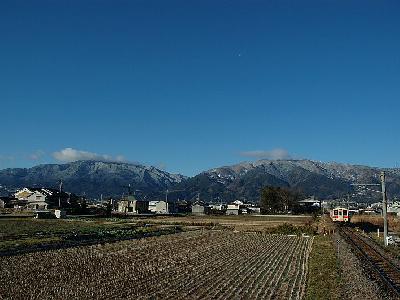|
As it was proved by a geological survey that Mt. Gionyama (1,307 m) located in the central part of Kyushu was formed about 430 million years ago, it is called the birthplace of Kyushu Island.
The name “Gion” derives from the oratory to worship the mountain built at the foot in the ancient times by a mountain practitioner, who trained himself at Gion Kannoin Temple, a temple housed in the precinct of Yasaka Shrine in Kyoto before Shinto and Buddhism were separated. People called the oratory Gion Shrine and the mountain Mt. Gion.
The mountain is one of the few places in Japan where a lot of fossils from the Silurian period of the Paleozoic Era. The fossils of marine life such as chain corals and trilobites have been excavated from the limestone layer near the summit. The mountain is also known as the treasure trove of alpine plants. The summit commands a wonderful view including Mt. Hayabinomine (Futagoyama) and Mt. Aso.
The name “Gion” derives from the oratory to worship the mountain built at the foot in the ancient times by a mountain practitioner, who trained himself at Gion Kannoin Temple, a temple housed in the precinct of Yasaka Shrine in Kyoto before Shinto and Buddhism were separated. People called the oratory Gion Shrine and the mountain Mt. Gion.
The mountain is one of the few places in Japan where a lot of fossils from the Silurian period of the Paleozoic Era. The fossils of marine life such as chain corals and trilobites have been excavated from the limestone layer near the summit. The mountain is also known as the treasure trove of alpine plants. The summit commands a wonderful view including Mt. Hayabinomine (Futagoyama) and Mt. Aso.
| [+ADDRESS] | 
|















